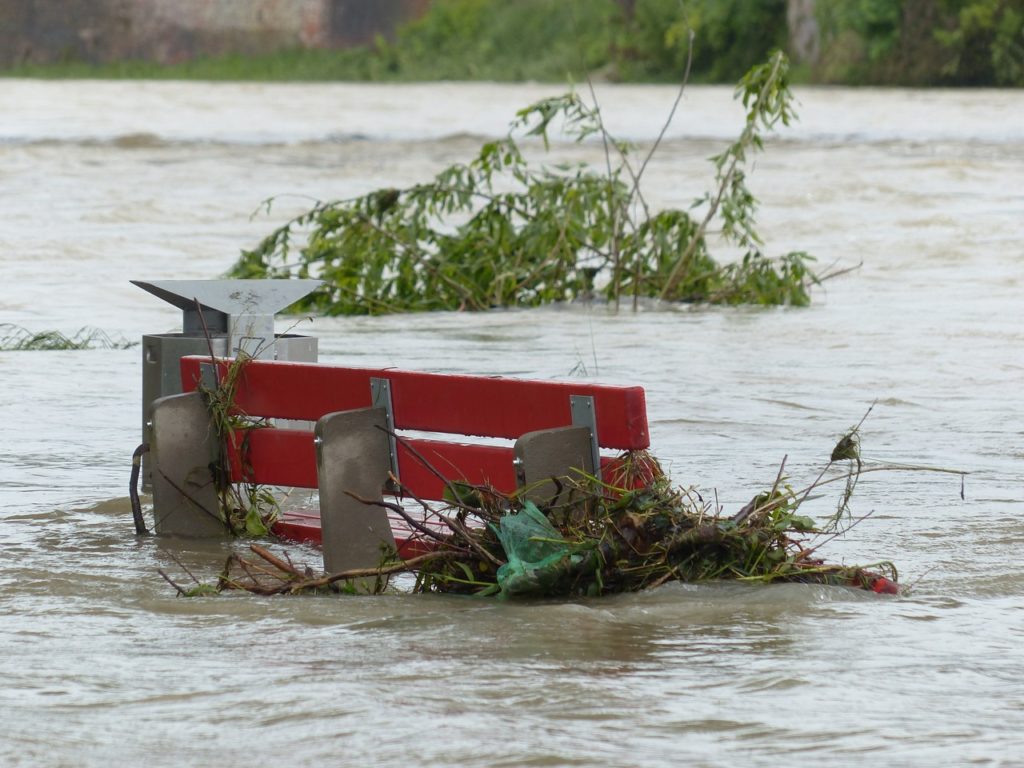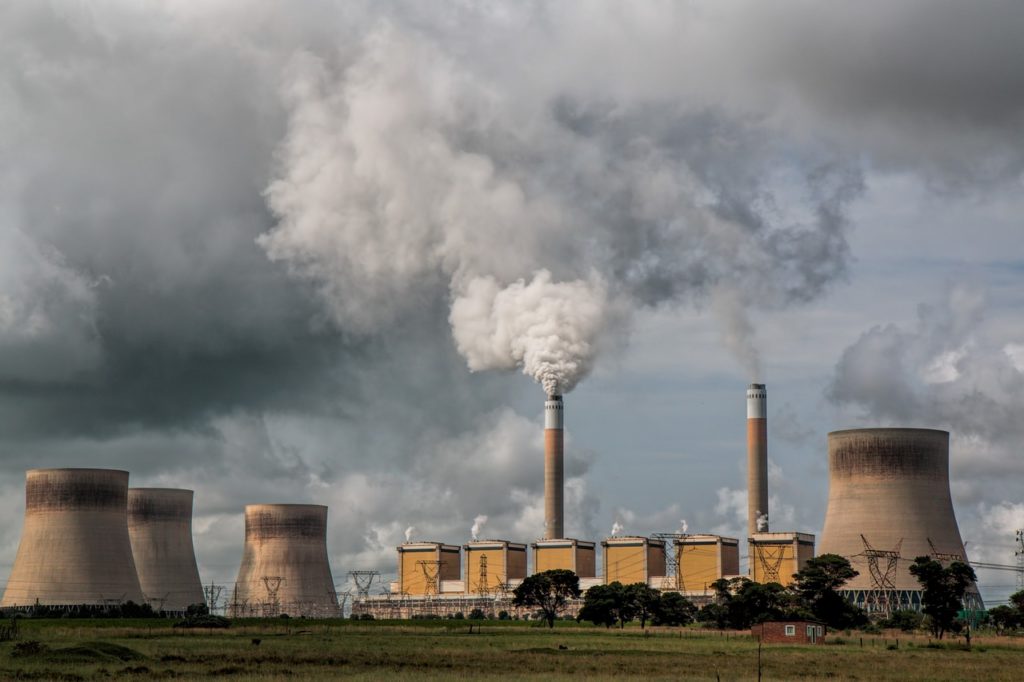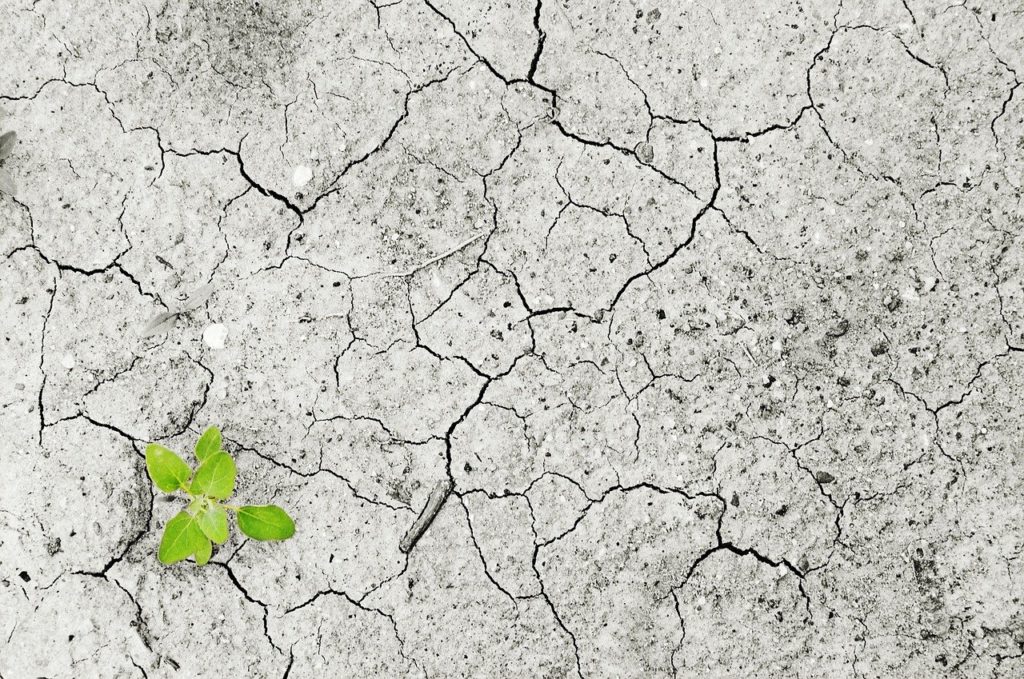Held recently in Egypt, COP27 sought renewed solidarity between countries to deliver on the Paris Agreement. While some gains were made, time is running out on a number of key climate-change metrics.
The event itself was described as hectic and sometimes chaotic, with advancements made on some matters and a stall on others.
We’ve summarised some of the key takeaways for you below:
Developing Countries
Developing countries have been seeking financial assistance for ‘loss and damage‘ (funds to rescue and rebuild physical and social infrastructure damaged by extreme weather) for almost 30 years. COP27 saw a historic agreement on a fund. However, there was no agreement on where this funding will come from.

Temperature Goals
COP27 contained a provision to boost ‘low-emissions energy’. While traditionally this would be considered to mean wind and solar farms, this may also include nuclear reactors and coal-fired power stations fitted with carbon capture and storage. It could also be interpreted to mean gas, which has lower emissions than coal, but is still a major fossil fuel.
Fossil Fuels
Last year’s event in Glasgow saw a commitment to phase down the use of coal. During COP27, some countries, led by India, wanted to take this further and requested a commitment to phase down on all fossil fuels. This initiative failed, with the resolution remaining coal-focused only.

World Bank Reform
A growing number of developed and developing countries are calling for urgent changes to the World Bank and other publicly funded finance institutions, which they say have failed to provide the funding needed to help poor countries cut their greenhouse gas emissions and adapt to the impacts of the climate crisis.
Adaptation
